Porsche 2008 Annual Report Download - page 213
Download and view the complete annual report
Please find page 213 of the 2008 Porsche annual report below. You can navigate through the pages in the report by either clicking on the pages listed below, or by using the keyword search tool below to find specific information within the annual report.-
 1
1 -
 2
2 -
 3
3 -
 4
4 -
 5
5 -
 6
6 -
 7
7 -
 8
8 -
 9
9 -
 10
10 -
 11
11 -
 12
12 -
 13
13 -
 14
14 -
 15
15 -
 16
16 -
 17
17 -
 18
18 -
 19
19 -
 20
20 -
 21
21 -
 22
22 -
 23
23 -
 24
24 -
 25
25 -
 26
26 -
 27
27 -
 28
28 -
 29
29 -
 30
30 -
 31
31 -
 32
32 -
 33
33 -
 34
34 -
 35
35 -
 36
36 -
 37
37 -
 38
38 -
 39
39 -
 40
40 -
 41
41 -
 42
42 -
 43
43 -
 44
44 -
 45
45 -
 46
46 -
 47
47 -
 48
48 -
 49
49 -
 50
50 -
 51
51 -
 52
52 -
 53
53 -
 54
54 -
 55
55 -
 56
56 -
 57
57 -
 58
58 -
 59
59 -
 60
60 -
 61
61 -
 62
62 -
 63
63 -
 64
64 -
 65
65 -
 66
66 -
 67
67 -
 68
68 -
 69
69 -
 70
70 -
 71
71 -
 72
72 -
 73
73 -
 74
74 -
 75
75 -
 76
76 -
 77
77 -
 78
78 -
 79
79 -
 80
80 -
 81
81 -
 82
82 -
 83
83 -
 84
84 -
 85
85 -
 86
86 -
 87
87 -
 88
88 -
 89
89 -
 90
90 -
 91
91 -
 92
92 -
 93
93 -
 94
94 -
 95
95 -
 96
96 -
 97
97 -
 98
98 -
 99
99 -
 100
100 -
 101
101 -
 102
102 -
 103
103 -
 104
104 -
 105
105 -
 106
106 -
 107
107 -
 108
108 -
 109
109 -
 110
110 -
 111
111 -
 112
112 -
 113
113 -
 114
114 -
 115
115 -
 116
116 -
 117
117 -
 118
118 -
 119
119 -
 120
120 -
 121
121 -
 122
122 -
 123
123 -
 124
124 -
 125
125 -
 126
126 -
 127
127 -
 128
128 -
 129
129 -
 130
130 -
 131
131 -
 132
132 -
 133
133 -
 134
134 -
 135
135 -
 136
136 -
 137
137 -
 138
138 -
 139
139 -
 140
140 -
 141
141 -
 142
142 -
 143
143 -
 144
144 -
 145
145 -
 146
146 -
 147
147 -
 148
148 -
 149
149 -
 150
150 -
 151
151 -
 152
152 -
 153
153 -
 154
154 -
 155
155 -
 156
156 -
 157
157 -
 158
158 -
 159
159 -
 160
160 -
 161
161 -
 162
162 -
 163
163 -
 164
164 -
 165
165 -
 166
166 -
 167
167 -
 168
168 -
 169
169 -
 170
170 -
 171
171 -
 172
172 -
 173
173 -
 174
174 -
 175
175 -
 176
176 -
 177
177 -
 178
178 -
 179
179 -
 180
180 -
 181
181 -
 182
182 -
 183
183 -
 184
184 -
 185
185 -
 186
186 -
 187
187 -
 188
188 -
 189
189 -
 190
190 -
 191
191 -
 192
192 -
 193
193 -
 194
194 -
 195
195 -
 196
196 -
 197
197 -
 198
198 -
 199
199 -
 200
200 -
 201
201 -
 202
202 -
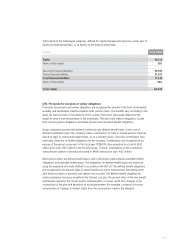 203
203 -
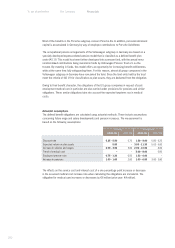 204
204 -
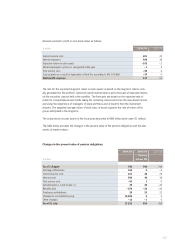 205
205 -
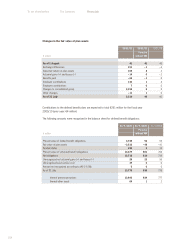 206
206 -
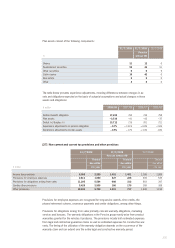 207
207 -
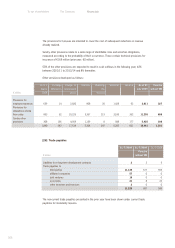 208
208 -
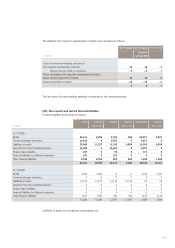 209
209 -
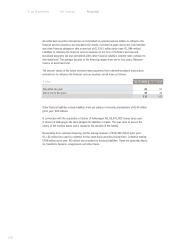 210
210 -
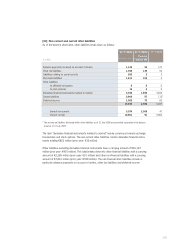 211
211 -
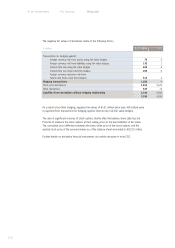 212
212 -
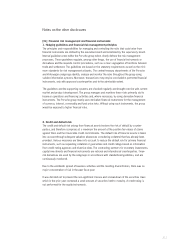 213
213 -
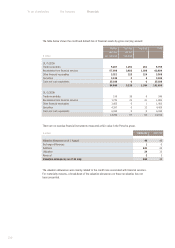 214
214 -
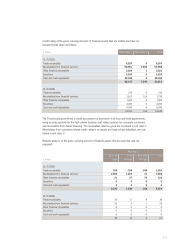 215
215 -
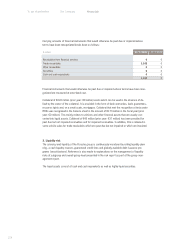 216
216 -
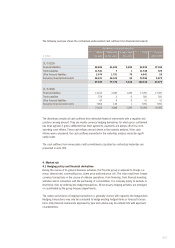 217
217 -
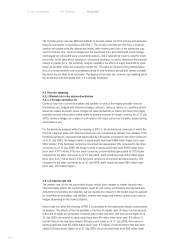 218
218 -
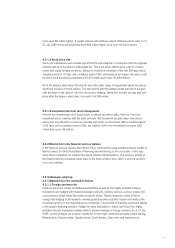 219
219 -
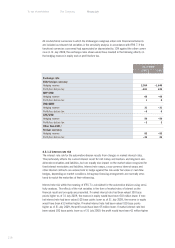 220
220 -
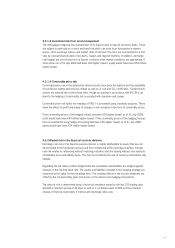 221
221 -
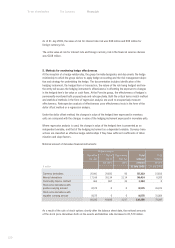 222
222 -
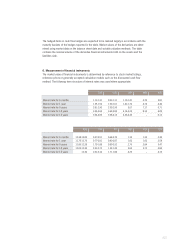 223
223 -
 224
224 -
 225
225 -
 226
226 -
 227
227 -
 228
228 -
 229
229 -
 230
230 -
 231
231 -
 232
232 -
 233
233 -
 234
234 -
 235
235 -
 236
236 -
 237
237 -
 238
238 -
 239
239 -
 240
240 -
 241
241 -
 242
242 -
 243
243 -
 244
244 -
 245
245 -
 246
246 -
 247
247 -
 248
248 -
 249
249 -
 250
250 -
 251
251 -
 252
252 -
 253
253 -
 254
254
 |
 |
211
[31] Financial risk management and financial instruments
1. Hedging guidelines and financial risk management principles
The principles and responsibilities for managing and controlling the risks that could arise from
financial instruments are defined by the executive board and monitored by the supervisory board.
Internal guidelines exist within the Porsche group which clearly defines the risk management
processes. These guidelines regulate, among other things, the use of financial instruments or
derivatives and the requisite control procedures, such as a clear segregation of functions between
trade and settlement. The guidelines are based on the statutory requirements as well as the mini-
mum standards for risk management at banks. The central treasury departments of the Porsche
and Volkswagen subgroups identify, analyze and monitor the risks throughout the group using
suitable information systems. Moreover, transactions may only be concluded in permitted financial
instruments, only with approved counterparties and to the admissible extent.
The guidelines and the supporting systems are checked regularly and brought into line with current
market and product development. The group manages and monitors these risks primarily via its
business operations and financing activities and, where necessary, by using derivative financial
instruments. The Porsche group mainly uses derivative financial instruments for the management
of currency, interest, commodity and fund price risks. Without using such instruments, the group
would be exposed to higher financial risks.
2. Credit and default risk
The credit and default risk arising from financial assets involves the risk of default by counter-
parties, and therefore comprises at a maximum the amount of the positive fair values of claims
against them and the irrevocable credit commitments. The default risk of financial assets is taken
into account through adequate valuation allowances considering collateral that has already been
provided. Various measures are taken into account to reduce the default risk for primary financial
instruments, such as requesting collateral or guarantees and credit ratings based on information
from credit rating agencies and historical data. The contracting partners for monetary investments,
capital investments and financial instruments are national and international counterparties. Finan-
cial derivatives are used by the subgroups in accordance with standardized guidelines, and are
continuously monitored.
Due to the worldwide spread of business activities and the resulting diversification, there was no
major concentration of risk in the past fiscal year.
It was decided not to present the non-significant classes and a break-down of the securities class
which in the prior year contained a small amount of securities held to maturity. A credit rating is
not performed for the equity instruments.
Notes on the other disclosures
